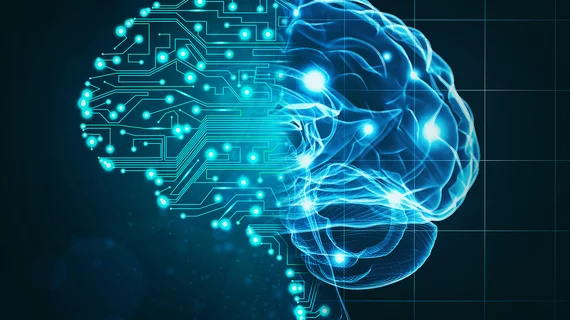The rise of AI is one of radiology’s biggest trends of the last decade, a move that has energized some radiologists while worrying others. Recent research has even suggested it is keeping some medical students away from the specialty altogether.
But what can current trainees do to prepare for a career of working closely with AI technologies? What can radiology residents and fellows do now to stay ahead? That’s exactly what Walter Wiggins, MD, PhD, a neuroradiology fellow at Duke University Hospital, explored in a recent commentary on the American College of Radiology Data Science Institute (ACR DSI) website.
Wiggins explored specific areas trainees should investigate, noting some key terms they’ll want to be familiar with as quickly as possible.
“You’ll want to become familiar with standard metrics of diagnostic performance, such as accuracy, sensitivity, specificity, and positive (or negative) predictive value—including differences in the dependence of these metrics on the prevalence of the ‘positive’ condition,” Wiggins wrote. “You’ll also want to learn more about receiver operating characteristic (ROC) analysis and the area-under-the-curve (AUC) metric. ROC curves and AUC values are not calculated at a particular operating point of the model, but over the entire range of operating points, which can be misleading when trying to understand how a model would perform in practice.”
In his commentary, Wiggins also listed numerous ways trainees and residents can “delve deeper into the technical aspects of deep learning,” providing direct links to other articles on the topic.
Click below to read the full article on the ACR DSI website:

